When Antje Springman and Dennis Minty spotted something huddled under the honeysuckle shrub outside their home along a river bank in Conception Bay North, they thought it was one of their chickens in distress.
Springman went out to investigate and discovered a very different type of bird — a Great Cormorant, a black seabird about the size of a goose, commonly called a shag in Newfoundland and Labrador.
“It has a very long neck and about a three-foot wingspan and a very long five-inch bill with a pretty sharp hook on the end, so I called out to Dennis to go and get me some welder’s gloves,” said Springman.

Cormorants are usually spotted on sea stacks or rocks on the coastline, which is about one kilometre from the couple’s home in South River.
‘We gave him a good feed that night and put him in an animal carrier.’ – Antje Springman
While they have seen the birds flying by or resting on the tidal estuary outside their house, they’ve never encountered one on the property.
“It was in a place that is not normal, the behaviour of that bird wasn’t normal and I knew it was in trouble.”
The bird hissed and snapped, but didn’t move when Springman approached, so she picked him up and brought him inside.
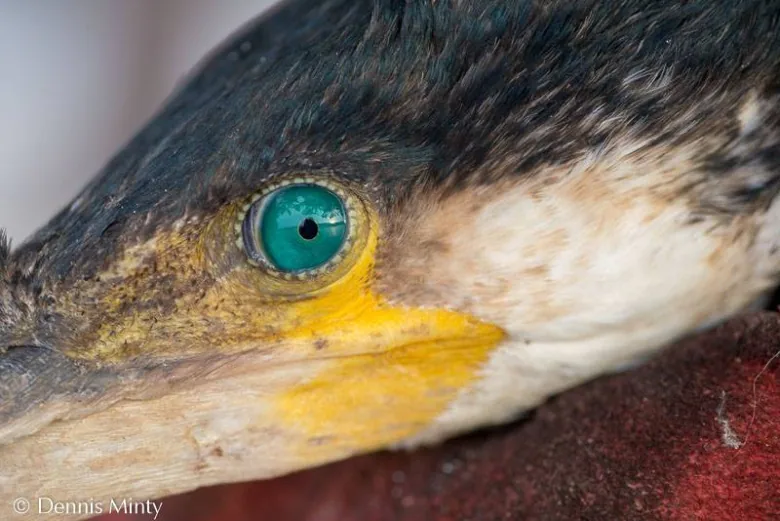
Minty — a wildlife biologist experienced in treating and rehabilitating animals during his 23 years with Salmonier Nature Park — said the bird was quite thin, but had no apparent injuries.
“We figured a bit of food and some quiet and warmth for the night was the ticket,” he said.
‘We gave it a good feed’
Cormorants are fish-eating birds, so the couple thawed out a tilapia fillet in the microwave and cut it into bite-sized pieces.
“I had to pry the jaws open and poke it down, but once it’s in the gullet they will swallow it, so we gave him a good feed that night and put him in an animal carrier and put him in a warm place in our front porch and covered him with a blanket and left him for the night,” said Minty.
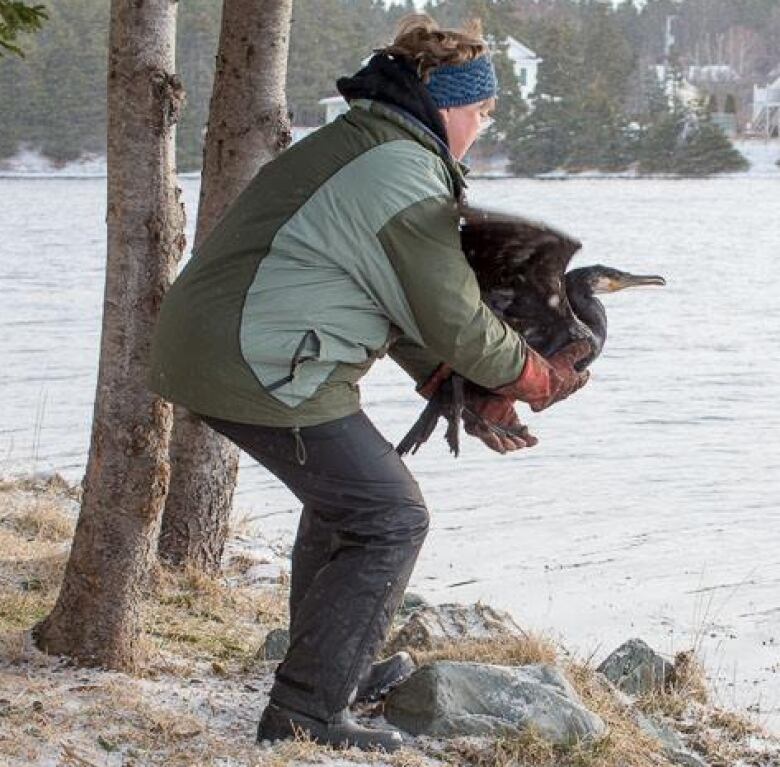
The meal and rest seemed to do the trick, as the seabird was far more lively come morning.
“We actually didn’t think he was going to make it through the night, but in the morning when Den had a look the bird just started snapping and sticking his beak out through the grate, trying to get him as he was getting closer, so we knew that he was feeling quite a bit better,” said Springman.
The family dog and cat stayed well away from the pungent visitor, and by morning Springman said the whole house smelled like fish.
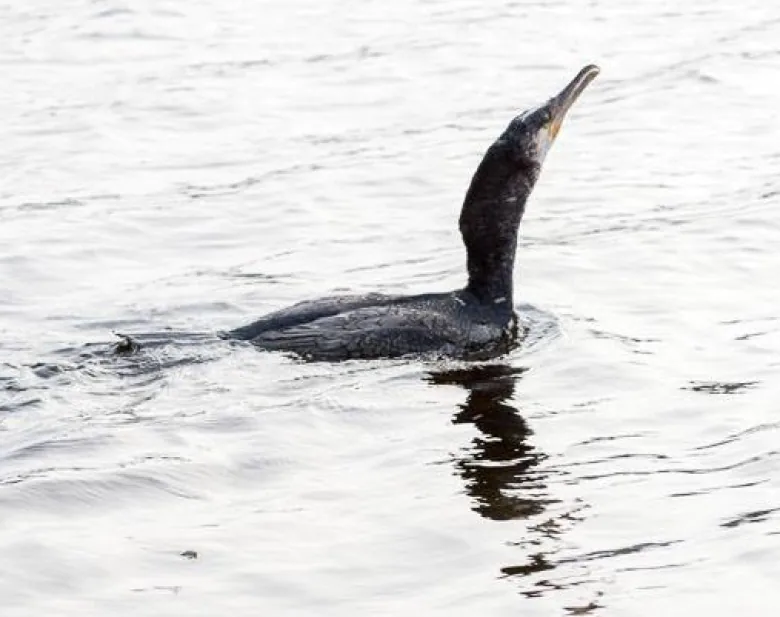
Since the bird appeared to be in good shape after its night in the porch, they took it outside and gave it another once over and the last of the tilapia before releasing it at the edge of the river.
“And off it went, it seemed fine,” said Minty.
It isn’t the first time the couple has helped out a creature in need.
They captured an ill red fox from the roadside in the community and brought it to Salmonier Nature Park for rehabilitation, and helped dozens of storm petrels that were blown inshore during bad weather.
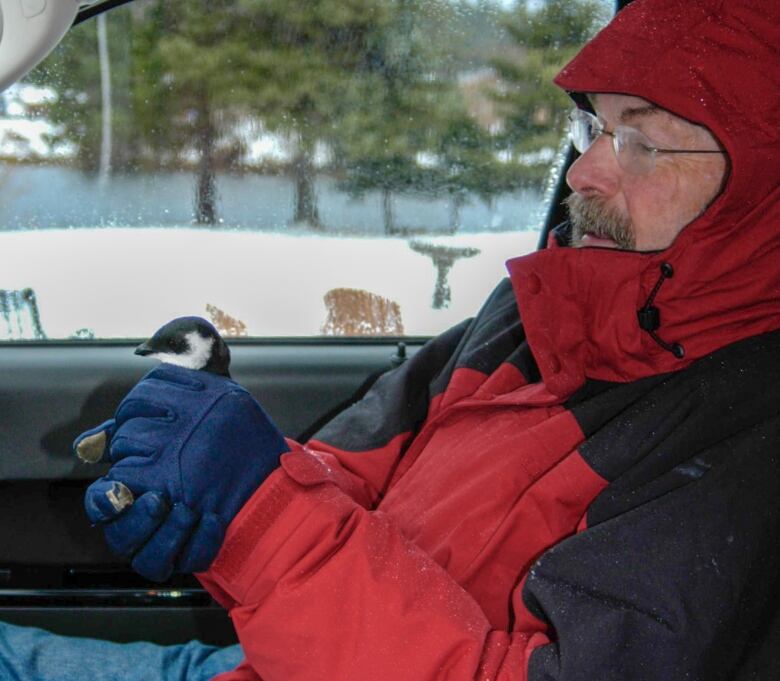
“They’re about the size of a robin, so they were a lot easier to handle than this guy,” said Springman.
“Sometimes we have people call us because they know we have experience,” she said.
“We do dog rescue as well,” added Minty.
Don’t try this at home
While Minty has the expertise to help wild animals in distress, he said it isn’t something people without the proper experience should attempt on their own.
“They can be quite dangerous to people, so even if they are ill they’ll lash out, they’ll try to defend themselves, they don’t know that people are trying to provide aid,” he said.
“The general rule of thumb, unless you know what you’re doing, is leave them alone.”
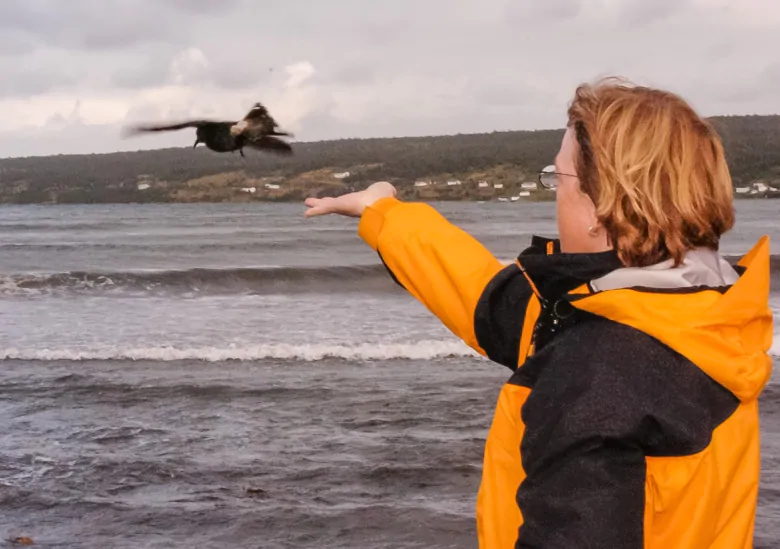
Minty said one common rescue that people can do is for small birds that fly into window glass. If they aren’t seriously injured, he said they often just need a couple of hours in a warm, dark space to recover.
“So that’s a good intervention, anyone can do that.”
If you do encounter a wild animal in distress, contact the wildlife division of the provincial department of fisheries and land resources.